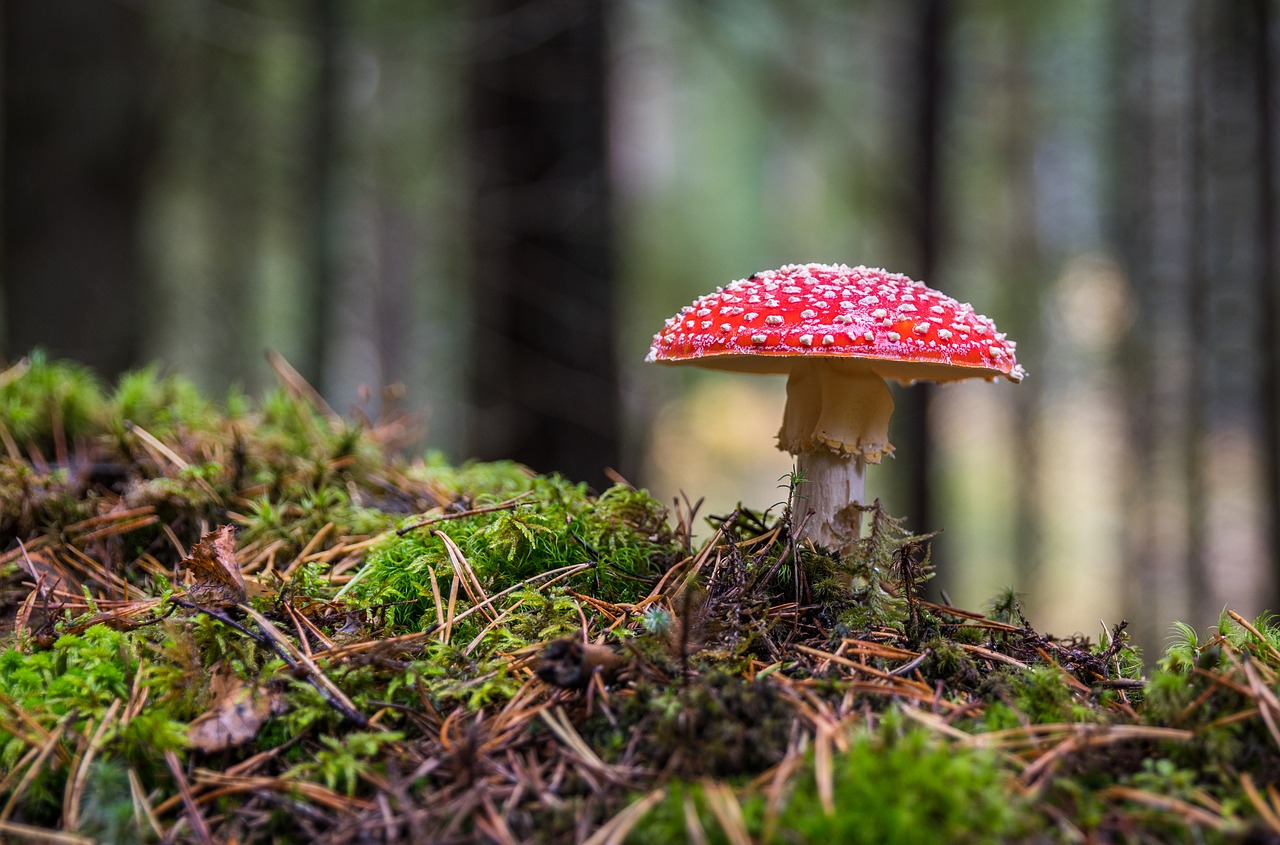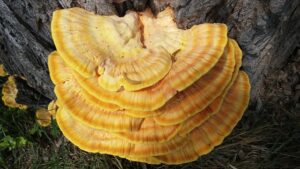Elements to Focus on to Adapt Your Game on Different Golf Course Types
Imagine you finally have time to play golf, and you can’t wait to get started. You start packing your golf bag, and you think of the upcoming game. It’s a new course, but you’ve played golf before, and you’re confident you’ll do well. You’ve been playing for some time now, and you know your game is solid. However, when you get to the course, you are met with a different terrain. This is something you didn’t expect, and you realize your golfing skills may not help you much here. If you’ve been in this position before, then you know the importance of adapting your game to different golf course types. To truly master the game of golf, you need to adapt your strategy to different types of courses. From tee shot selection to reading greens and handling changing weather conditions, there are key elements that can make or break your round. Let’s find out how you can adjust your game to excel on any course you encounter.
Course Layout


Tee Shot Selection
When it comes to adapting your game to different golf course types, tee shot selection plays a crucial role in determining your success. Each hole presents its challenges, from narrow fairways to strategically placed hazards. Before teeing off, take a moment to assess the layout of the hole and consider factors such as wind direction, doglegs, and bunkers. As mentioned in GolfEW’s channel, picking the right club for your tee shot is essential in setting yourself up for huge success on the rest of the hole.
Green Reading
In addition, you can’t neglect how crucial the art of green reading is. Green reading involves analyzing the slope, grain, and speed of the putting surface to determine the ideal line and pace for your putt. One key element to focus on is observing how the grass around the hole is cut. The direction in which the grass blades lean can indicate how the ball will break when rolling toward the cup. Additionally, paying attention to any subtle slopes or undulations on the green can help you anticipate how your ball will behave once it’s putted. Taking note of shadows cast by nearby trees or buildings can also provide insights into slope direction.


Weather Conditions
Weather can make or break how the ball travels and behaves during your round. For instance, playing in windy conditions requires adjusting your shot selection …




